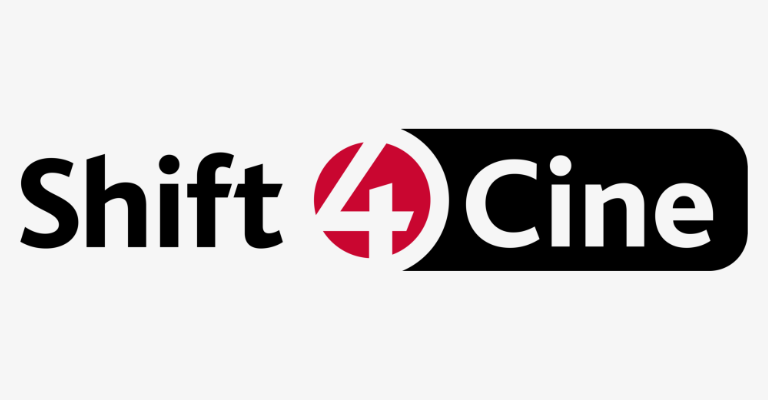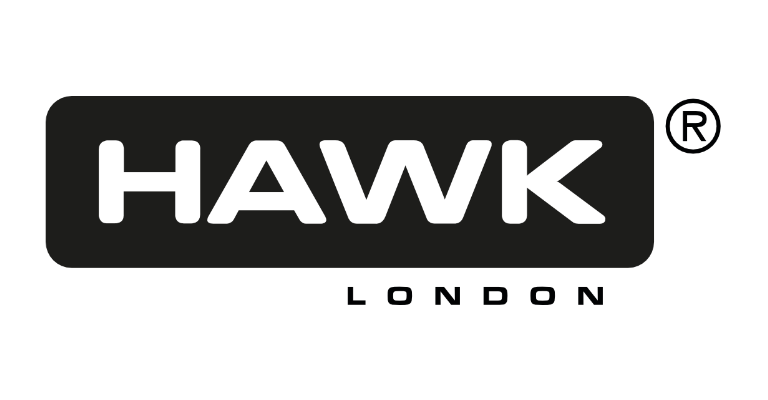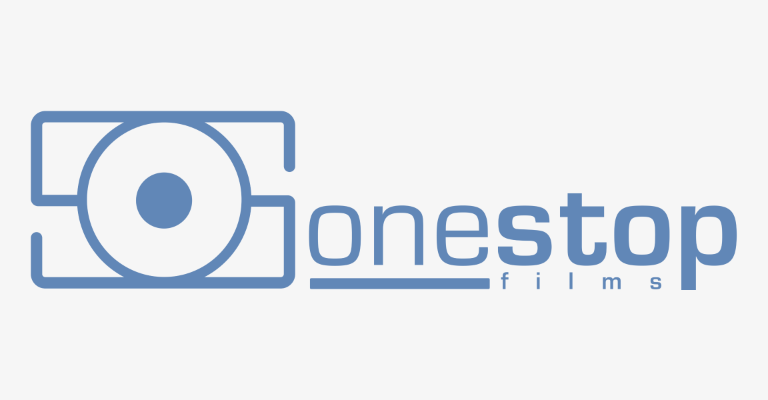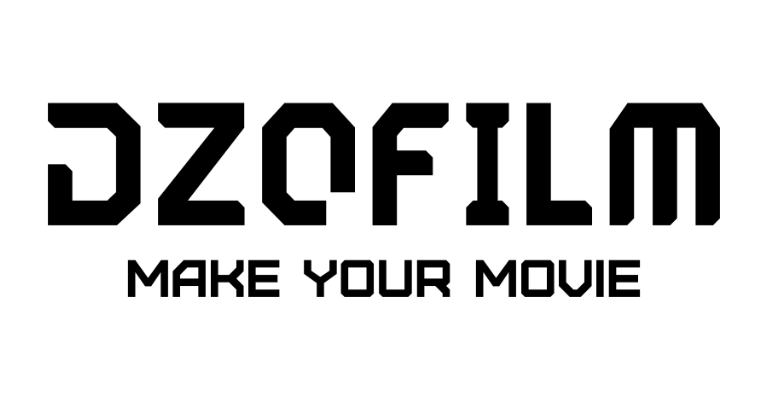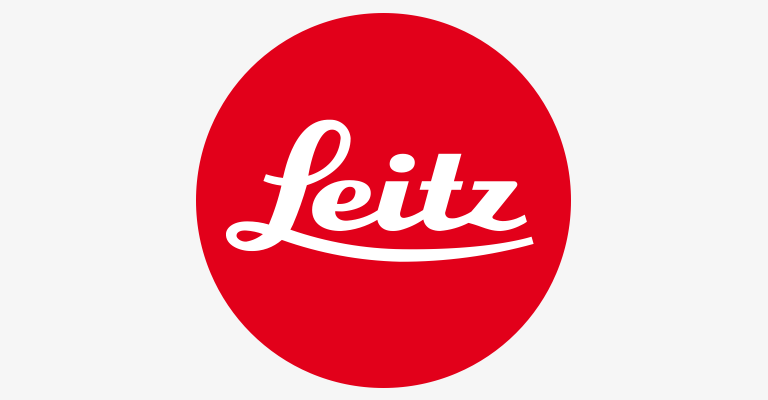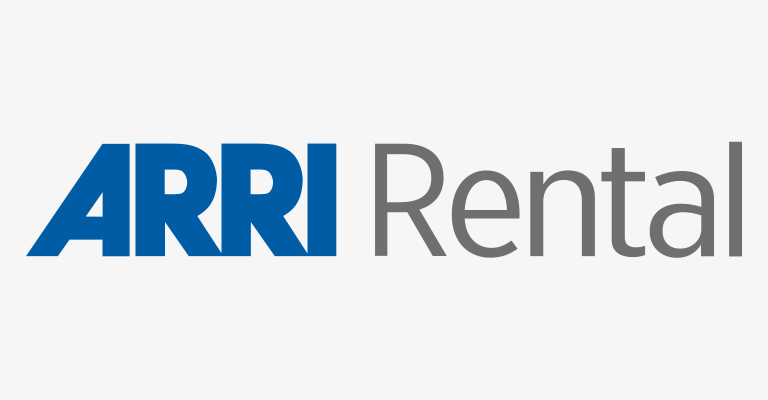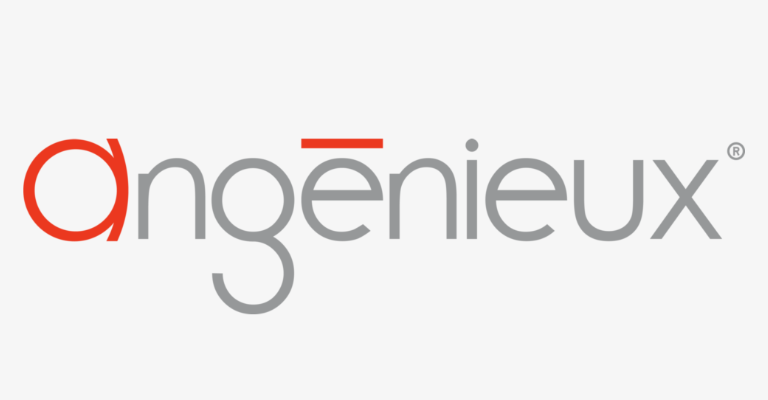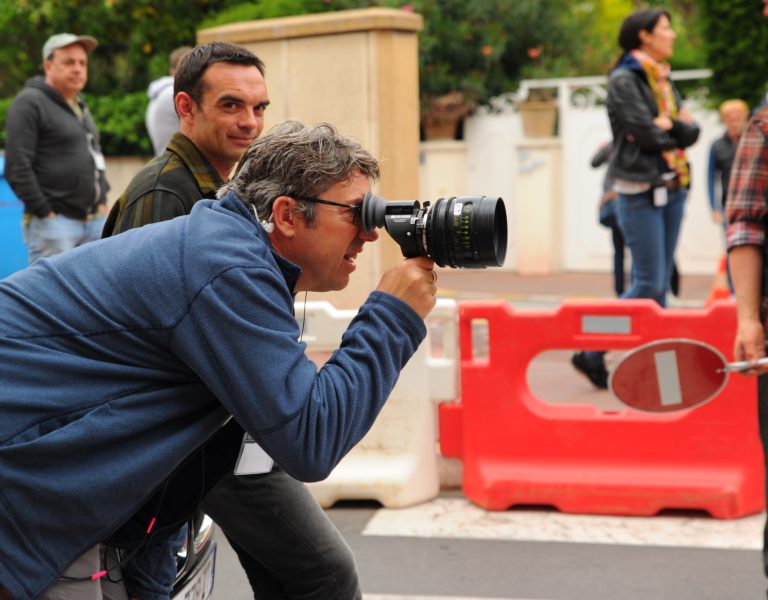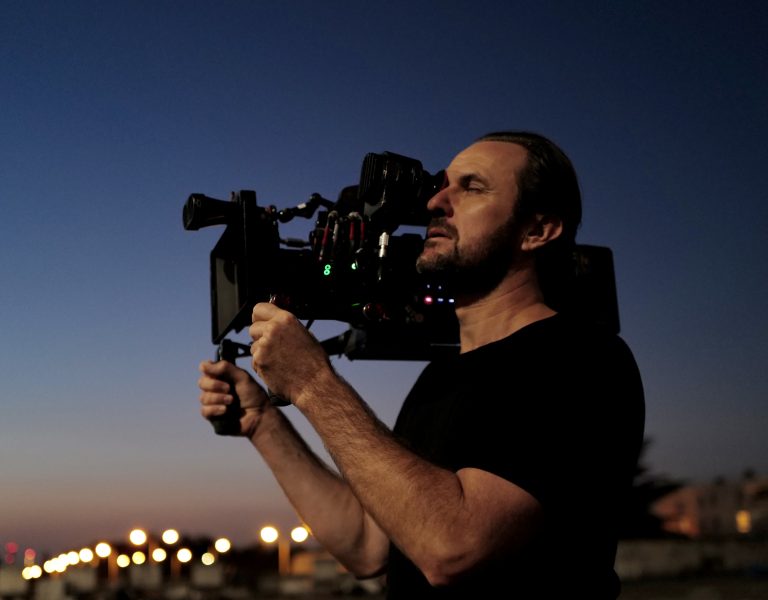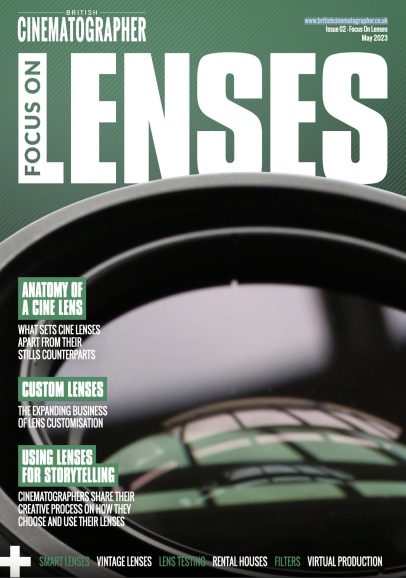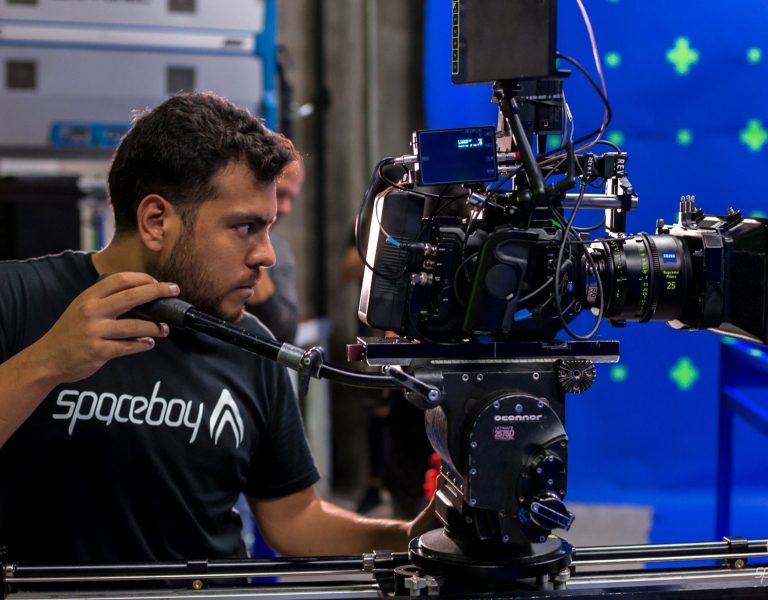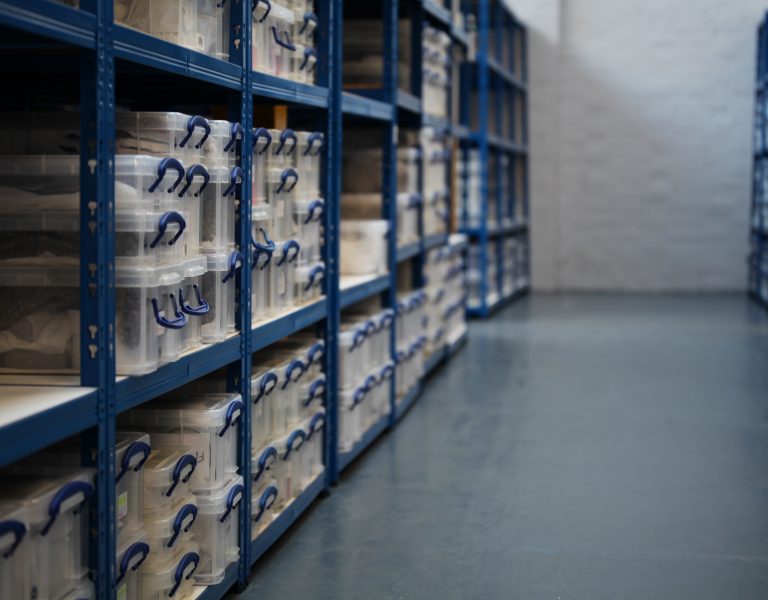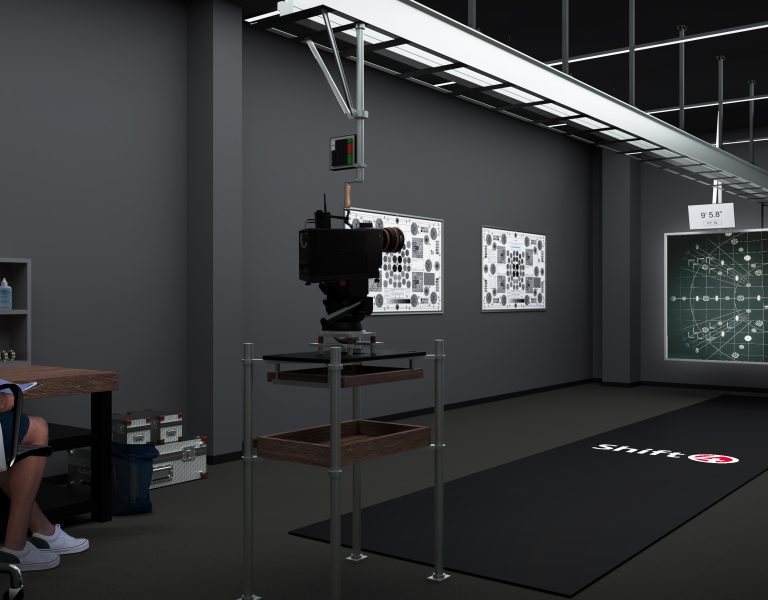SUPPORTING THE STORY
Production: Blood
Cinematographer: Björn Charpentier SBC
Director: Brad Anderson
Production type: Thriller/Horror
Overview of production and the visual approach you adopted: We wanted a movie where at the beginning everything was normal and the further we go into the story the look starts to evolve. Our reference was The Poltergeist.
Lens(es): Panavision G and T Series
Lenses supplied by: Panavision
Camera: 2 Sony Venice Rialto
Look you needed to achieve: From the start the director and I wanted to go anamorphic, but I didn’t want a clear sharp look. I love the old look when the anamorphics have a lot of personality – bending, flair, losing focus around the edges and overall softness.
Lens testing process: From the beginning I wanted to go to Panavision. I love the testing process – going to a rental house and playing with different lenses to find the right one for each project. Due to COVID I was not allowed to travel to Panavision (by plane) to test lenses. I tried several lenses in the past – B, C, G, E, and T – and I kept a diary with all the notes I made on each lens. So, I had to go by my playbook. Once I had the lenses the week before the shoot, I invited the cast for a lens test. I tried every lens above the eye line, on the eye line, and under the eye line to see how each lens reacted on the facial structure.
I’m used to taking frame grabs with my SmallHD monitor, so I can easily do a side-by-side test to see which lens works best for each chapter in the story. After that I make a rule book for the visual language that will be shared with the camera crew.
Why was your chosen lens the most appropriate: I wanted to use the G Series for several reasons. The lens needed to have a personality and I was looking for lightweight lenses. As we shot almost everything handheld with a close focus ability, the wider lenses needed to bend on the vertical lines to distort the image. I was also looking for a flair that was not too aggressive and I didn’t want a contrasty crisp lens. As this set goes only to 100mm, I added two more T Series lenses (150mm and 180mm) as well as a zoom T Series 42mm- 425mm because we wanted to zoom in on several occasions. That is also the reason I went with Rialto. Having children on set I didn’t want to have a big camera that can be overwhelming when shooting close-ups.
Explanation of lensing techniques used: When I read the script, I’m always looking for visual storytelling that supports the story. I saw three chapters in the movie – the first is up until the point a female character cuts her wrists; chapter 2 is a point in the story where she goes the extra mile to save her son; and chapter 3 is the moment that Owen is drinking blood from Helen.
For chapter 1 we shot all the close-ups at 75mm or higher to compress the look and make it more romantic and traditional. Chapter 2 we shot on 50mm for the close-ups, we open up her perspective, and the camera starts to float more on the Z-axis when she is donating blood. For chapter 3 we used 35mm. I wanted the image to distort (bending) and have optical flairs which reflected her mental state.
Filters: We used Tiffen Glimmerglass as diffusion and changed those on the close-ups as the story progresses (Chapter 1: Glimmerglass 1, Chapter 2: Glimmerglass ½, Chapter 3: Glimmerglass 1/8).
Challenges faced and how they were overcome: I was looking for a visual connection with the dog that got “infected” as well as the boy. During prep I remembered watching the ‘making of’ on Blade Runner and an optical effect they used on the replicants. So, I tested a beamsplitter glass with a small LED light attached to the camera. This set-up was very compact and a fast process.
All the eye effects in the film are done in camera. We liked the imperfect look, like each eye looked different. It felt very organic to us.
Anything else to add: All the rules we made for each chapter were explained to all the ACs and operators. So, just by seeing the scene number on the callsheet they knew the rules to follow. Having this in place made it very easy for the camera crew. The more communication, the better the workflow and it was a confirmation that this process works.
Lens lessons this production taught you: This was a two-camera set-up and I only had one set of lenses. Next time I’ll double up my hero lenses.


